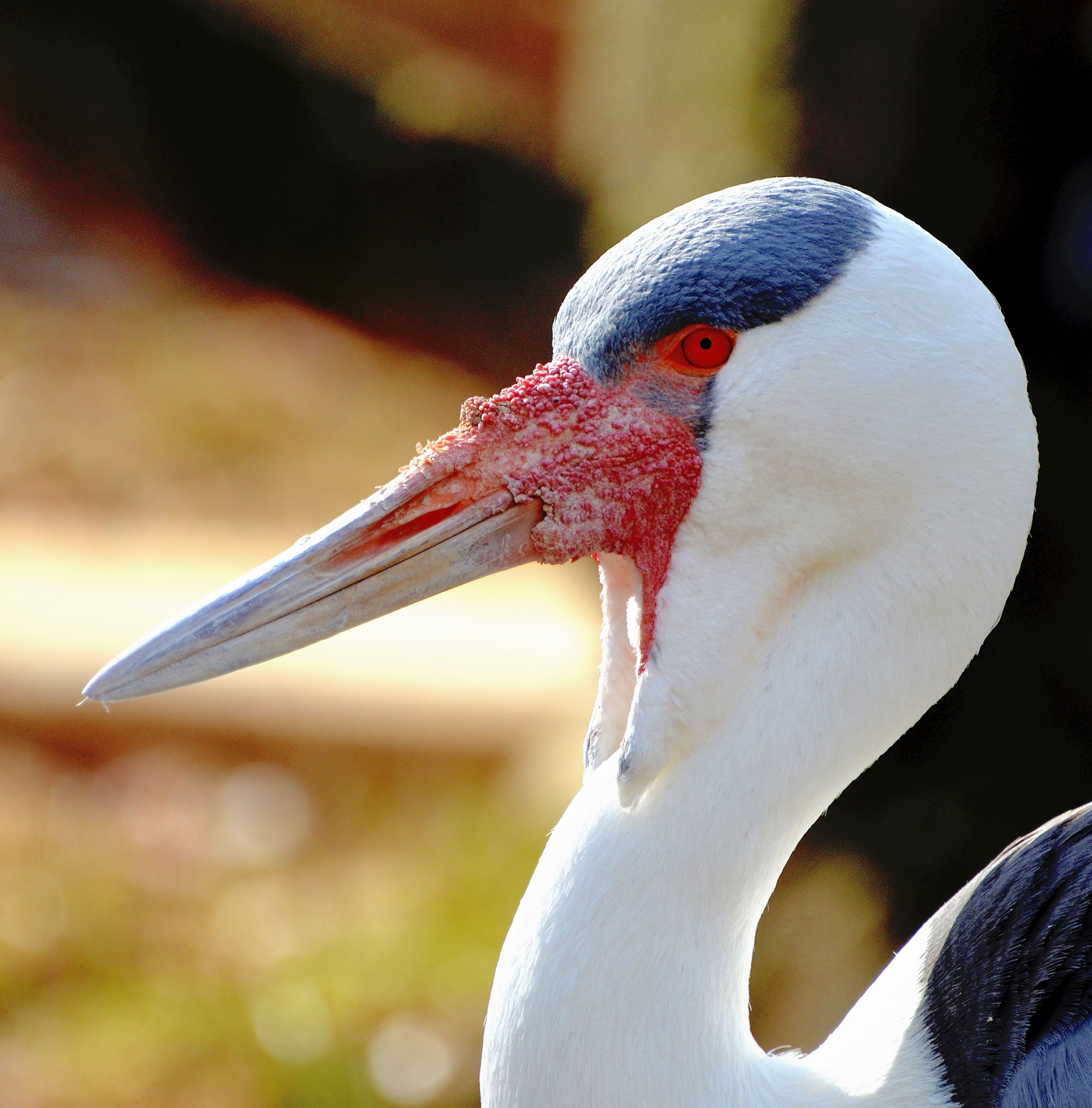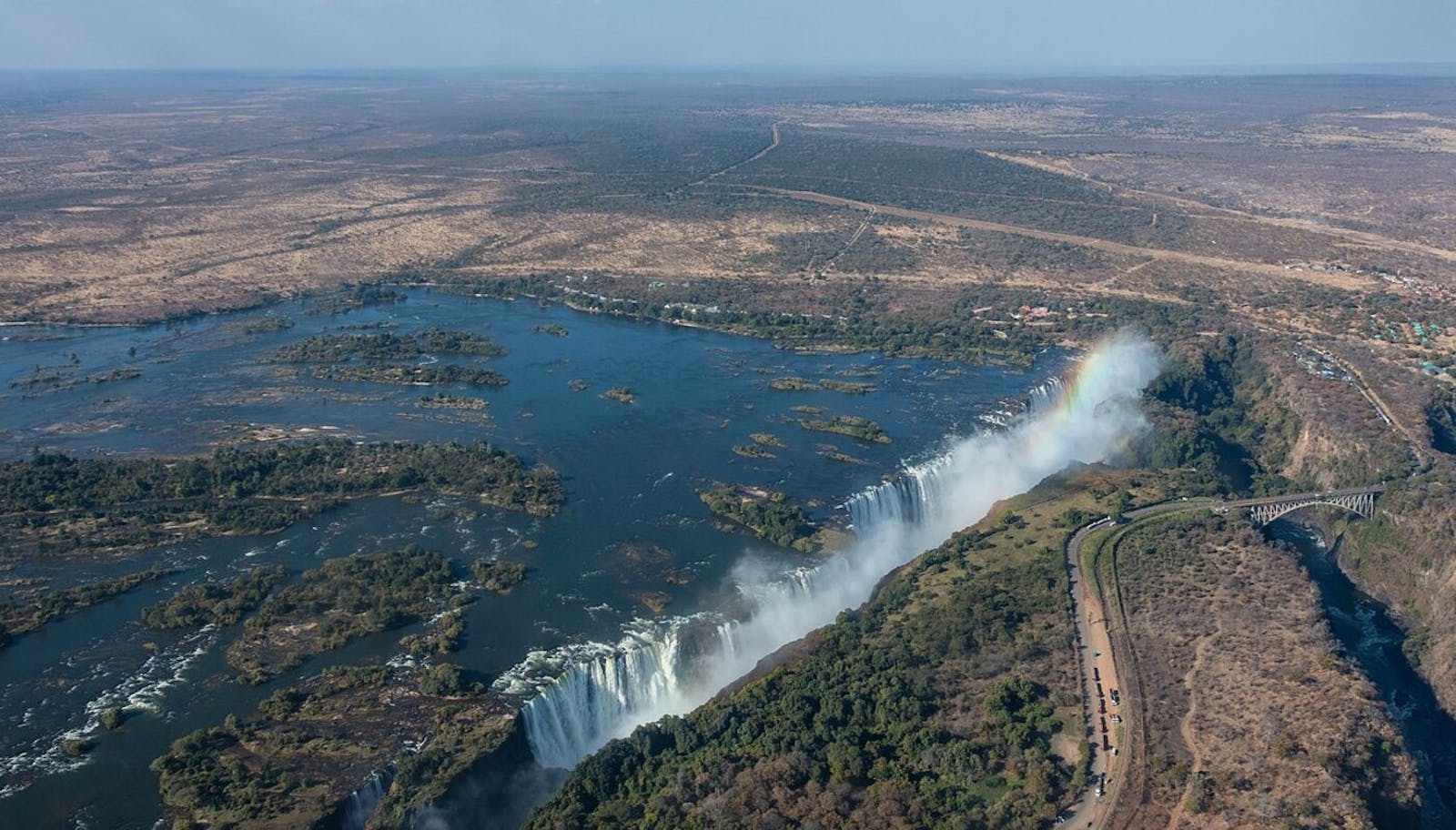Zambezian Coastal Flooded Savanna
The ecoregion’s land area is provided in units of 1,000 hectares. The conservation target is the Global Safety Net (GSN1) area for the given ecoregion. The protection level indicates the percentage of the GSN goal that is currently protected on a scale of 0-10. N/A means data is not available at this time.
Bioregion: East African Coastal Forests (AT7)
Realm: Afrotropics
Ecoregion Size (1000 ha):
1,947
Ecoregion ID:
75
Conservation Target:
70%
Protection Level:
10
States: Mozambique
The Zambezi is the fourth largest river in Africa, in terms of length and basin size. It begins in Angola at 1,500 m above sea level and runs through Namibia, Zambia, Zimbabwe, and Mozambique before emptying into the Indian Ocean. The Zambezi delta supports the highest concentration of waterbirds in Mozambique and provides a critical refuge for 30% of the global population of wattled cranes during periods of drought. The region is also inhabited by one of the densest populations of cape buffalo.
The ecoregion is restricted to the coastal regions of Mozambique, and essentially comprises the floodplain deltas of the Zambezi, Pungwe, Buzi, and Save Rivers. The Zambezi Delta forms the most extensive portion of the ecoregion, covering roughly 200 km along the coastline and penetrating up to 120 km inland. Annual rainfall is between 800–1,400 mm per annum and most falls from October to March. Due to the rainfall distribution, northern territories contribute more water to the river and delta than the southern regions. Mean maximum temperatures range between 27 and 30ºC, with mean minimum temperatures averaging 18ºC. Inundation of the wetlands occur as floodwaters rise, however they are also influenced by oceanic tides.

The flagship species of the Zambezian Coastal Flooded Savanna ecoregion is the wattled crane. Image credit: Creative Commons
The vegetation of this wetland ecoregion contains both open grassland-dominated communities and mixed freshwater swamp forests. Much of the area is a lightly wooded savanna, typified by either the palms Borassus aethiopum and Hyphaene coriacea or by Acacia such as A. sieberiana and A. polyacantha. Secondary grassland occurs on former sugar plantations, the main species being Pennisetum polystachion, Hypeprthelia dissolute, and Hyparrhenia spp. Closer to the coast, papyrus, common reed, Vossia cuspidate, and other emergent and floating-leaved aquatics dominate large areas.
Occurring within the Zanzibar-Inhambane regional mosaic, the Zambezi Delta has a high diversity of habitats from forest through grassland to papyrus swamp, mangrove, and dunes. This is reflected in a high species richness of mammals and birds. The delta is home to significant populations of African buffalo, elephant, hippopotamus, lion, and leopard.
Waterbirds in the Zambezi Delta include pink-backed pelicans, open-billed storks, saddle-billed storks, great white pelicans, great snipe, African skimmer, and lesser flamingo as well as the rare eastern African coastal forest bird species, east coast akalat. The only strictly endemic vertebrate is the Pungwe worm snake. The Nile crocodile, Nile monitor, and African rock python are among the more common larger reptiles.
The majority of the ecoregions habitat is protected. This includes part of the ecoregion in the Marromeu Complex Game Management Area (1,500 km2) as well as the Zambezi Delta which has been designation as a wetland of international significance under the Ramsar convention (31,712 km2).
The Kariba and Cabora Bassa Dams were constructed in order to provide electricity and to store water for irrigation of crops during the drier periods. The rich fertile soils support the largest sugar plantation in Mozambique which have encroached onto wetland areas affecting water quality. Other crops grown are cash crops including tobacco and cotton. The higher evapotranspiration rates, as a result of climate change, have further increased the need for irrigation. Flooding of the Zambezi has reduced since the construction of the dams; consequently, productivity of the alluvial plain is now largely determined by rainfall.
The annual floods benefit rice production, estuarine/ coastal fisheries, livestock grazing, large mammals, and waterbirds including the wattled crane. These are affected and at risk by the changing hydrology of the area. Other planned developments are proposed at Batoka Gorge below Victoria Falls and at Mepanda Uncua below Cabora Bassa. Additionally, poaching poses a continued threat to many larger mammals. One consequence of the drastically reduced hippopotamus numbers has been the clogging of water channels by vegetative growth, often by alien species such as water hyacinth.
The priority conservation actions for the next decade will be to: 1) protect and restore environmental flows (e-flows) through changes to dam operations and through sustainable water allocation; 2) promote and support implementation of community based natural resource management; and 3) reduce hunting quotas and increase enforcement of anti-poaching.
Citations
1. Burgess, N., Hales, J.A., Underwood, E., Dinerstein, E., Olson, D., Itoua, I., Schipper, J., Ricketts, T. and Newman, K. 2004. Terrestrial ecoregions of Africa and Madagascar: a conservation assessment. Island Press.
2. World Wide Fund for Nature (WWF). 2016. Mozambique country strategic plan (2016-2020). [Online]. [Accessed 9 February 2018]. Available from: http://awsassets.wwfmz.panda.org/img/original/wwf_mozambique_strategic_plan.pdf
3. Mikhailov, V.N., Kravtsova, V.I. and Isupova, M.V. 2015. Impact of reservoirs on the hydrological regime and morphology of the lower reaches and delta of the Zambezi River (Mozambique). Water resources. 42(2), pp.170-185.
4. The World Bank. 2010. The Zambezi River Basin: A Multi-Sector Investment Opportunities Analysis. Washington DC: The World Bank.




